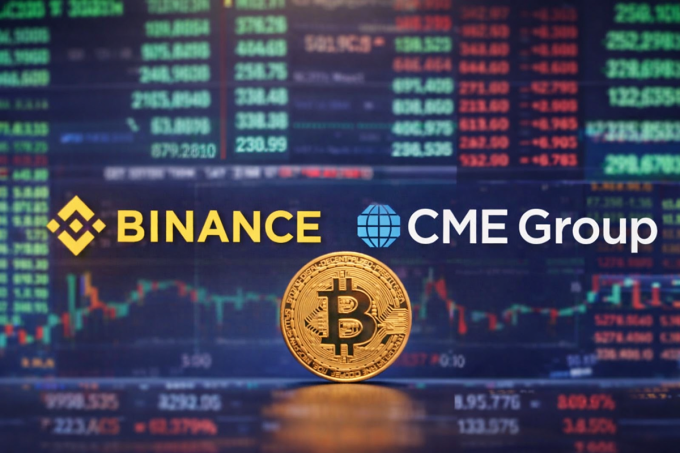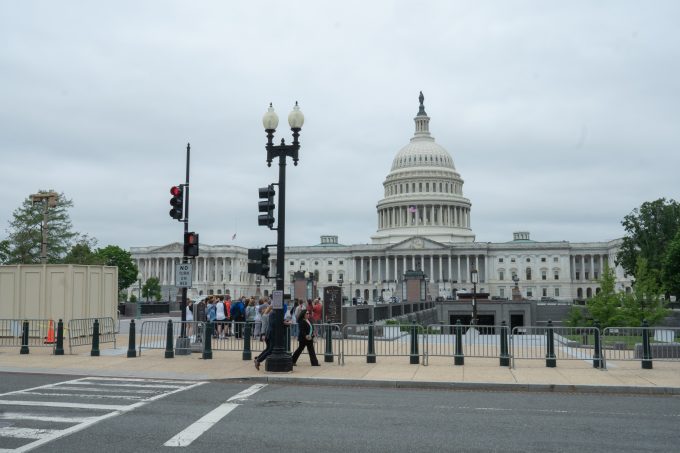Tether’s CEO announced that the company’s stablecoin USDT has reached 500 million users worldwide, representing approximately 6.25% of the global population. This milestone highlights the expanding role of stablecoins amid rising interest in digital-asset infrastructure, regulatory scrutiny and cross-border financial access.
Adoption Milestone: Scale and Market Reach
According to Tether, USDT has been used by around 500 million “real people,” not just wallet addresses. With the world population at roughly 8 billion, this translates to about 6.25% penetration. The stablecoin issuer reported its market cap at approximately USD 182.4 billion, giving USDT a market share of about 58.4% within the stablecoin category. In emerging markets such as Kenya, Tether highlighted that 37% of its users hold USDT as a store of value rather than purely for trading. For crypto investors and institutions, such scale suggests that USDT is moving beyond speculative crypto flows toward a broader payments and savings utility. However, the figures also trigger questions around risk, on-chain transparency and the reliance on one issuer’s infrastructure.
Implications for Regulation and Financial Inclusion
The announcement comes at a time when regulators globally are increasing focus on stablecoins, including new frameworks like the U.S. “GENIUS Act” and Europe’s upcoming stablecoin legislation. Tether’s claim of reaching 500 million users underscores how stablecoins are offering access to financial services for the unbanked: the World Bank estimates about 1.4 billion adults do not have a bank account. In markets with currency instability and limited banking access, USDT has been portrayed as a tool for value preservation and cross-border transactions. For institutional crypto investors, the interplay between mass adoption and regulatory compliance is critical: large-scale usage may enhance network effects, but also draws increased regulatory and counterparty risk exposure.
Investor Sentiment and Strategic Perspective
From a strategic standpoint, Tether’s milestone may bolster confidence among institutional participants in the stablecoin market. The depth of user reach suggests USDT may be viewed as a foundational infrastructure piece rather than a niche product. That in turn may support liquidity and transaction volume in spot and derivatives markets. Nonetheless, user numbers alone do not eliminate concerns around reserves, audit transparency or concentration risk — factors that have historically tempered institutional allocation to stablecoins. For professionals deploying capital in crypto, Tether’s broad adoption invites scrutiny of how robust the backing and governance structures are, particularly when interpretations shift from “trading vehicle” toward “global payment instrument.”
Looking ahead, investors and institutions will monitor how Tether continues to manage growth while addressing regulatory and transparency demands. Key indicators will include whether net issuance of USDT accelerates, how much of its user base is in high-inflation or emerging markets, and whether rival stablecoins begin to capture share. Risks remain around regulatory interventions, reserve adequacy and oversupply of stablecoins. Conversely, opportunities may emerge if stablecoins—anchored by broad user adoption—become more deeply integrated into payments rails and institutional settlement.













https://shorturl.fm/xvcCI
https://shorturl.fm/CJYP4